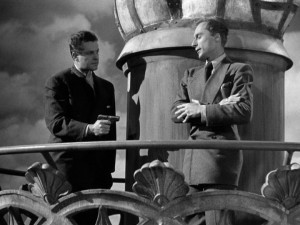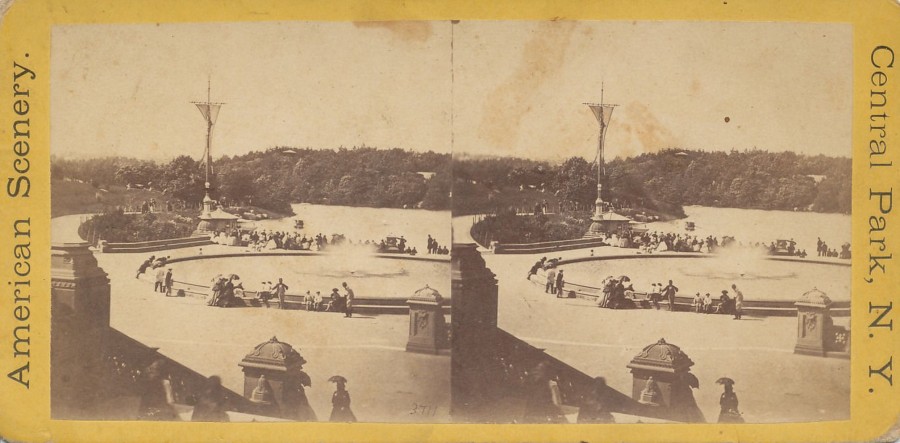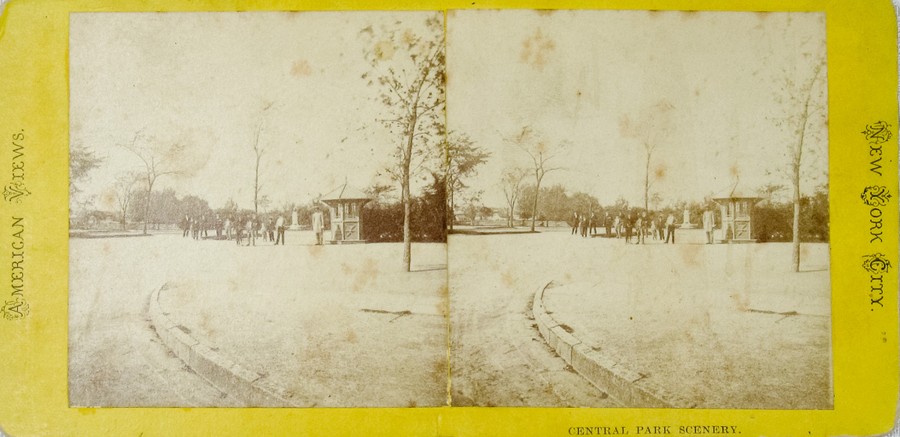Those Old May Day Gatherings In New York

SOCIALISTS HOLD MAY DAY CELEBRATION IN CENTRAL PARK – Shown above is a general scene showing the large crowd of socialists as they listened to the speakers during the meeting held in Central Park, New York City on May Day. (May 1, 1935 credit: Acme)
Today is May Day which for anyone who went to elementary school in New York City pre-1980 used to be a joyous holiday, celebrated by dancing around a Maypole.
May Day, a centuries old Pagan holiday whose origins and meaning are debated, is now a day of protest. In many parts of England, Wales, Germany and a few other European countries, the Maypole dance and tradition continues. In the United States the day has sunk into a free-for-all for any group to call attention to all their perceived slights and injustices.
In the late 19th century May Day began to be associated with organized marches and assemblies for worker’s rights, unions and socialism. By the 1930s, communists took the day as theirs to celebrate.
Today you will not see any New York City school children doing Maypole dances.
You will not see the veterans of foreign wars praising the freedoms of the United States and protesting communists.

VETERANS HOLD RALLY ON MAY DAY – Photo shows general view of crowd in Union Square , New York City, scene of recent Communist riots, to participate in rally held by the Veterans of Foreign Wars on May 1st. Later the Reds held a demonstration at the same spot. (May 1, 1930 credit P&A photos)
You probably will not see Continue reading


























